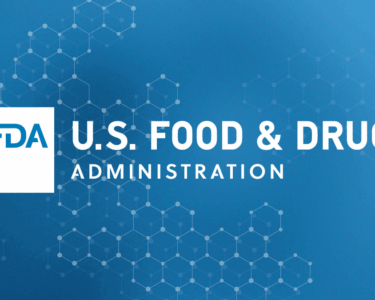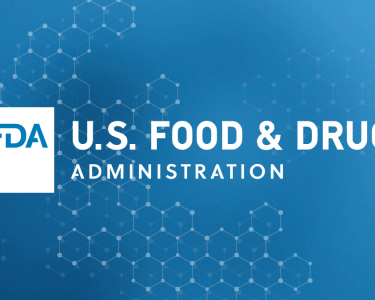
Levonorgestrel, a hormonal contraceptive, metabolises to 18-methyl-19-noretiocholanolone which is also the main metabolite of the prohibited substance 18-methyl-19-nortestosterone. Analysing for levonorgestrel and/or tetrahydronorgestrel is essential to avoid misinterpreting 18-methyl-19-noretiocholanolone findings.
ABSTRACT
Athletes are explicitly responsible for everything they consume, which may be an issue when the metabolic pathways of prohibited and non-prohibited compounds intersect. This was the case when 18-methyl-19-noretiocholanolone, an 18-methyl-19-nortestosterone metabolite, was detected in a sample of an athlete that had used an emergency contraceptive pill containing levonorgestrel.
Six women were recruited to this study to elucidate the link between 18-methyl-19-noretiocholanolone and levonorgestrel. After providing a pre-treatment urine sample, one tablet of NorLevo, 1.5 mg, was ingested and six additional urine samples were collected. The samples were analysed with GC–MS/MS after extraction and derivatisation.
In all six participants, 18-methyl-19-noretiocholanolone could be detected at 1.5–2.5 ng/mL with a tmax of 2 h. The presence of 18-methyl-19-noretiocholanolone was in all samples accompanied by levonorgestrel and its metabolite tetrahydronorgestrel, the latter being present at highest concentrations (60–300 ng/mL) up to 48 h post intake.
Conclusively, this study demonstrates a metabolic link between 18-methyl-19-noretiocholanolone and levonorgestrel, confirming the need to verify the absence of levonorgestrel or its markers before reporting an adverse analytical finding.



